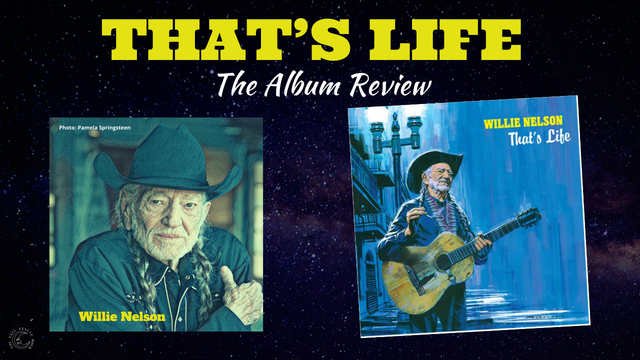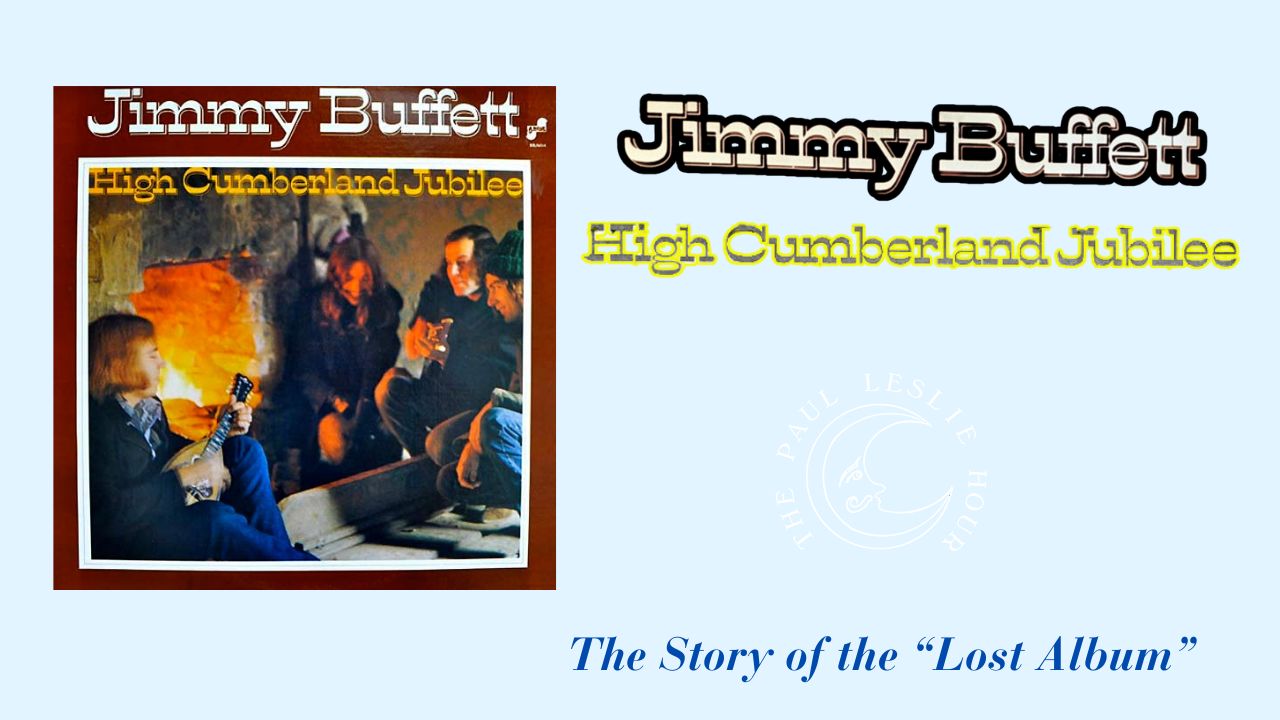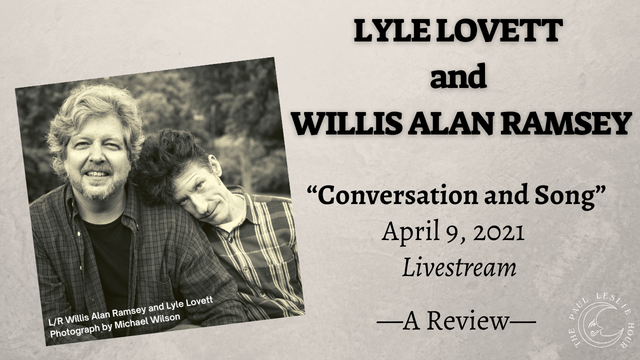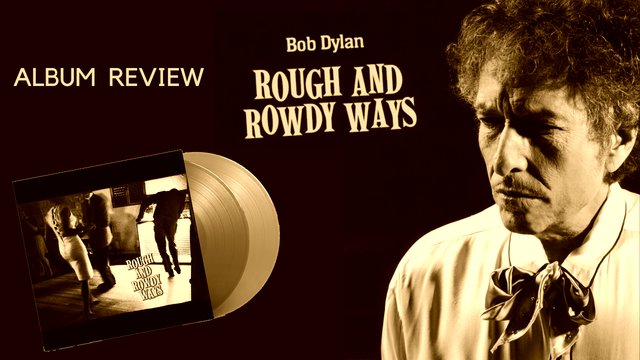
An album review of
Bob Dylan’s 39th studio album
BY: PAUL LESLIE, EDITOR: JOHN PARADISE
When you pick up a copy of Bob Dylan’s new album “Rough and Rowdy Ways,” there is a picture on the cover of something you’re not very likely to see these days. People dancing. It struck me as poignant.
I took out the first of two discs. It would be a shared experience with others around the globe. It had been 8 years since Dylan last released an album of all original material—songs he wrote. This only made the listening experience all the more meaningful. Whether on CD, vinyl record or streaming, countless people would be giving it their ear. I imagined hushed silence everywhere before the music began to play.
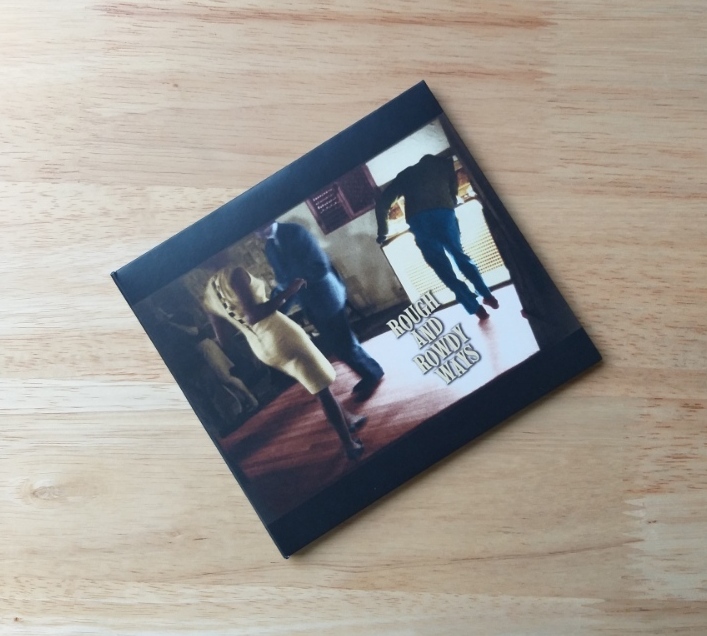
This review will explore a few of the songs and specifics that struck me.
I Contain Multitudes
The album starts with some potent lyrics of truth: “Today and tomorrow and yesterday too, the flowers are dying like all things do.” These words seem to be miles away from the picture you see on the album cover, but so begins the song “I Contain Multitudes,” the first track on Bob Dylan’s 39th studio record.
You’ve seen those words before, the phrase “I contain multitudes” is found in Walt Whitman’s famous poem “Song of Myself,” Whitman wrote: “Do I contradict myself? Very well then I contradict myself, (I am large, I contain multitudes.)”
I’ve Made Up My Mind to Give Myself to You
The fourth song “I’ve Made Up My Mind to Give Myself to You,” is a beautiful ballad of longing. There are few songs where the singer puts it all out there, and this is one of them. It feels like a coda to “To Make You Feel My Love.”
It’s interesting that Dylan dedicated himself to interpreting the Great American Songbook on his last 3 studio albums (Shadows in the Night in 2015, Fallen Angels in 2016 and Triplicate in 2017), because this song seems to reflect that genre melodically.
Dylan’s singing in fine form
Given Dylan’s dedication to the standards in recent years, it occurred to me that his foray into American classics had influenced his singing. Based on what I’ve read in online forums, I’m certainly not alone in this opinion. Frequently on “Rough and Rowdy Ways,” he seems to vocally glide atop the music in an almost crooning style.
Chris Shaw back to engineering
The mood of the album is ethereal. Dylan, the musicians, and engineers succeeded in creating a distinctive sound. It’s interesting that no producer is credited, but I’d venture it was Jack Frost again.
On “Rough and Rowdy” ways the engineering and mixing duties were resumed by Chris Shaw, who had last worked with Dylan on “Modern Times,” in 2006 and before that on “Love and Theft” in 2001. The vocals and the instrumentation seem to have a dream-like quality to them.
Key West (Philosopher Pirate)
The last song on the first disc is “Key West (Philosopher Pirate).” For those who have been to Key West, it’s easy to see why it’s been such a magnet for writers going back to Ernest Hemingway and Truman Capote to Jim Harrison and Thomas McGuane.
Given Dylan’s extreme attention to detail in the lyrics, he has explored the island thoroughly. He mentions lesser known places: Amelia Street and Bayview Park, amidst a first-person saga of the singer, who listens to pirate radio from Luxembourg and Budapest and was forced to marry a prostitute.
He calls Key West: “paradise divine.” “If you’ve lost your mind, you’ll find it there,” he says. Who else, but Bob Dylan could write such a song?
The story is certainly bizarre, but loaded with the Key West mystique. My suspicion is that anyone who has spent time in Key West—a place that is at times esoteric—will believe Dylan has managed to paint the perfect picture of the place. And not just the more commercial aspects like Duval Street and the t-shirt shops.
An unhurried carousel of moving pictures
The menagerie of people, places, and historical events scattered throughout the album, not just this song, creates an emotional and cerebral event for the listener. It never feels like a rapid succession of images, but rather an unhurried carousel of moving pictures.
Murder Most Foul
The second disc of “Rough and Rowdy Ways,” features one song: “Murder Most Foul,” which was the first single released from the album back in late March, and also the first Bob Dylan song in history to top the Billboard chart. This is shocking given Dylan’s prolific recording career going back to the early 60s, and surprising given the 17 minute length of the song.
Released amidst international concerns over the coronavirus, the song depicts the assassination of President John F. Kennedy. Along the way, he slips the titles of well known songs into the plot. The song manages to make the event seem more personal and less like a historical event that took place 56 years ago.
Every generation has a tragic, dark moment they will never forget. For mine it was 9/11. The world has never been the same since. You realize that although there is good in the world, there is also a sinister force. For everyone in the world, the tragedies and hardships of 2020 will create a line of demarcation. The world now looks substantially different from the period that came before it.
“Play Another One”
I think that Dylan is saying our connection to the divine is through music and that great songs are our only reprieve in a world gone mad. He name-checks the greats among multiple genres from jazz to hymns like “The Old Rugged Cross.” The Allman Brothers Band and even classical music. All of them are a sedative and solace, he’s saying.
He’s also saying songs are something we all need to hear. It’s a necessity like eating. He is telling us that we should all play songs, whether we be a disc jockey on the air. Or just an individual putting coins in a jukebox for our own pleasure, in the hope that others will also listen. Everyone needs them: he says to play them for the clergy (Pastor and Reverend), but also referencing Jack Ruby, Oswald’s killer and the owner of a strip joint “play it for that strip club owner named Jack.” He truly means everybody.
But the flip side is a very dark idea: there is so much pervasive corruption and foulness that all we can do is distract ourselves. He is saying American society has never recovered from this shedding of blood “And it’s beginning to go into a slow decay.” I find myself feeling an odd mix of comfort and sadness. It’s not often both of these emotions are evoked in the same song.
A triumph in recording
The world may feel like it is in tatters, but Bob Dylan’s record couldn’t have come at a more perfect moment. With rare writing and singing in such fine form at 79 years old, this album will be excellent company to many until Bob Dylan’s inevitable 40th album.
“Rough and Rowdy Ways,” is a triumph in recording and a phonic elixir from America’s most esteemed singer-songwriter.
That’s what I think, but most of all, what I really want to know. What do you think?
Release Date: June 19, 2020
Label: Columbia
Tracks / Total Length: 10 songs, 70:33
Special thanks to Charley Stefl, Renee Langvardt & Corina Leslie.
